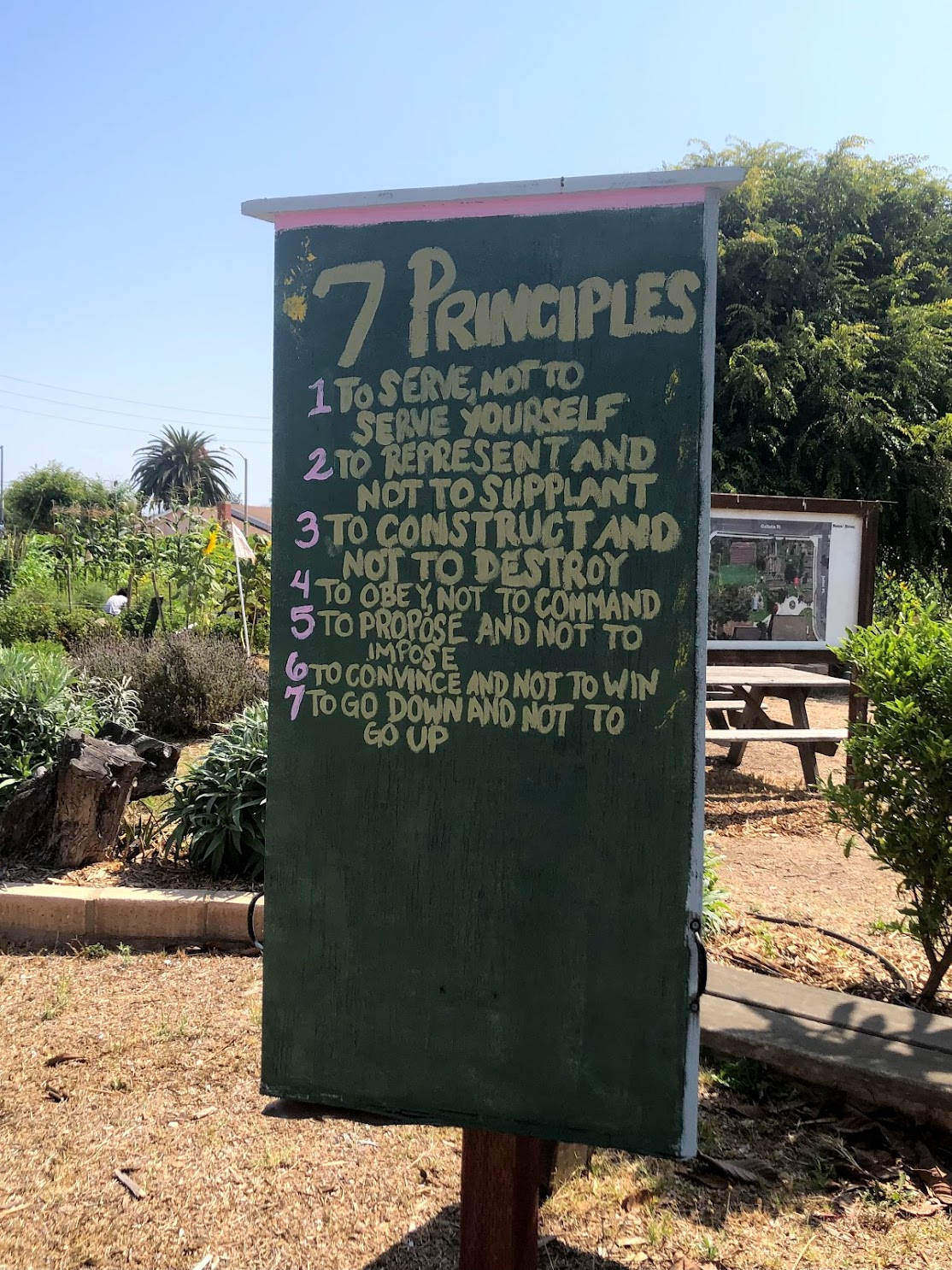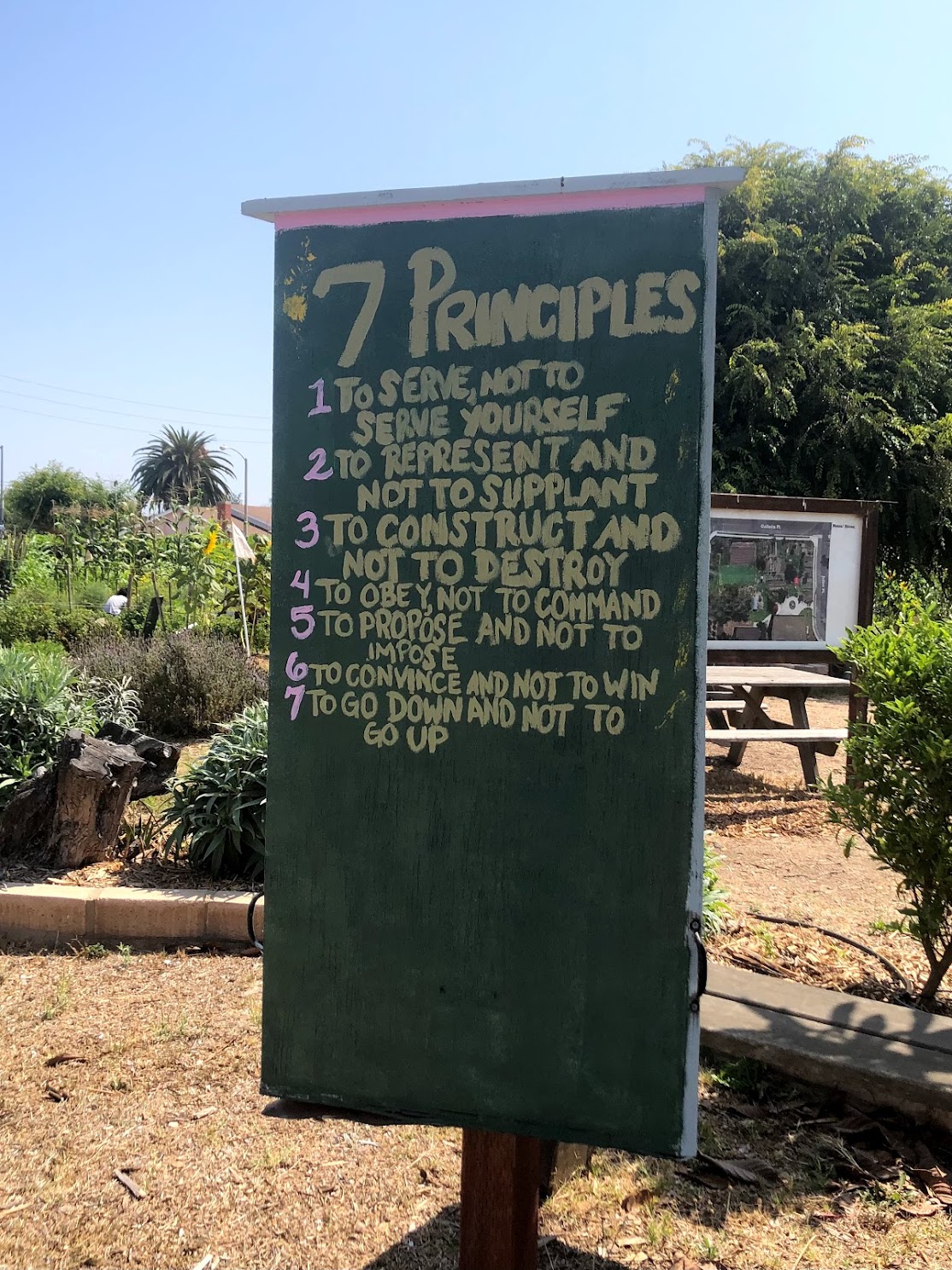Category 4
Category 3
Category 2
Category 1
We specialize in elevating content creators like you through bespoke social media strategies that not only capture attention, but also drive engagement.
Stride Social
Welcome to
The devastation in Maui & more recently California serves as a stark reminder that no place is immune to climate change. Wildfires, fueled by rising global temperatures and human-caused climate change, are becoming more frequent and intense. These disasters destroy homes, livelihoods, and lives, leaving us wondering how we can make a difference.
Here’s the connection you might not expect: the food on your plate. Agriculture contributes 20% of greenhouse gas emissions globally, and the choices we make in the grocery store or at the farmers market have a profound impact. The production of food, especially conventional farming methods, relies heavily on fossil fuels. Pesticides, petroleum-based fertilizers, and farm equipment—all powered by fossil fuels—are major contributors to the problem. For example, producing a two-pound box of cereal generates greenhouse gas emissions equivalent to burning half a gallon of gasoline.
But it’s not just about transportation. While we often focus on the carbon footprint of shipping food across the globe, the majority of emissions come from the production process itself. For a family of four in the developed world, 930 gallons of gasoline are required annually just to grow, process, and package their food. Compare that to the 1,070 gallons of gasoline used to fuel their cars, and it’s clear that our food choices are as impactful as our driving habits.
So, what can we do? Start by shifting your food choices toward organic and regenerative farming practices. These methods eliminate the use of petroleum-based fertilizers and chemical pesticides, reducing fossil fuel dependence while improving soil health and water retention. When you support local farmers who prioritize sustainability, you’re not just buying food—you’re investing in a future free from climate disasters like the Maui wildfires.
Take soil health, for instance. Conventional farming often strips soil of its nutrients, leaving it unable to store carbon effectively. In contrast, regenerative farming practices like crop rotation and cover cropping replenish the soil, turning it into a powerful carbon sink. Healthy soil not only captures carbon but also retains water, which can be crucial in preventing the spread of wildfires. By supporting these methods, we’re addressing climate change at its roots—literally.
Farmers markets are a great place to begin. Ask questions about farming practices, and seek out producers who avoid chemical inputs. Many small-scale farmers use sustainable methods but may not have the resources to obtain organic certification. Don’t hesitate to have conversations with them about their practices; transparency is often a hallmark of sustainable farming.
Another way to make an impact is by reducing food waste. Every year, millions of tons of food are wasted, and when that food ends up in landfills, it releases methane, a greenhouse gas far more potent than CO2. Planning meals, composting scraps, and buying only what you need are simple steps that can significantly lower your environmental footprint. For example, instead of discarding vegetable peels, consider composting them to enrich your garden soil.
Buying in bulk is another effective strategy. It minimizes packaging waste and often provides better value for your money. More importantly, it supports farmers who need consistent demand to maintain their operations. Before a small-scale organic rice farm in Louisiana closed down, I stocked up on their rice to support their efforts. Unfortunately, like many sustainable farms, they lacked the infrastructure to thrive in a market dominated by conventional agriculture. Your dollars can make a difference in keeping these farms afloat.
Finally, let’s not underestimate the power of community. Many communities have community gardens which are often volunteer ran and provide organic produce to local communities. Joining a community-supported agriculture (CSA) program connects you directly with local farmers. These programs often offer seasonal produce shares, giving you access to fresh, sustainably grown food while providing farmers with a stable income. It’s a win-win situation that strengthens the local food economy and reduces the carbon footprint of your meals.

Sign of the “7 Principles” at a community garden local to me.
Eating with the planet in mind isn’t about perfection; it’s about progress. Each small step—choosing organic products, composting, or supporting local farmers—adds up to meaningful change. The next time you sit down for a meal, think about the story behind your food. By making conscious choices, we can turn the act of eating into a form of climate activism. Together, we have the power to combat climate change—one plate at a time.
If you enjoyed this post, please consider reviewing my book, Eat Less Water, or sharing this blog. Together, we can amplify the message and inspire more kitchen activists.
Link to purchase a copy of my award winning book Eat Less Water:
https://www.florenciaramirez.com/book/
Link to the podcast this blog was based on:
https://www.buzzsprout.com/1997290/episodes/13418782-get-fossil-fuels-out-of-your-food
Leave a Reply Cancel reply
Ready to take Action?

click to Read & Leave a comment
Click to close comments
Comments